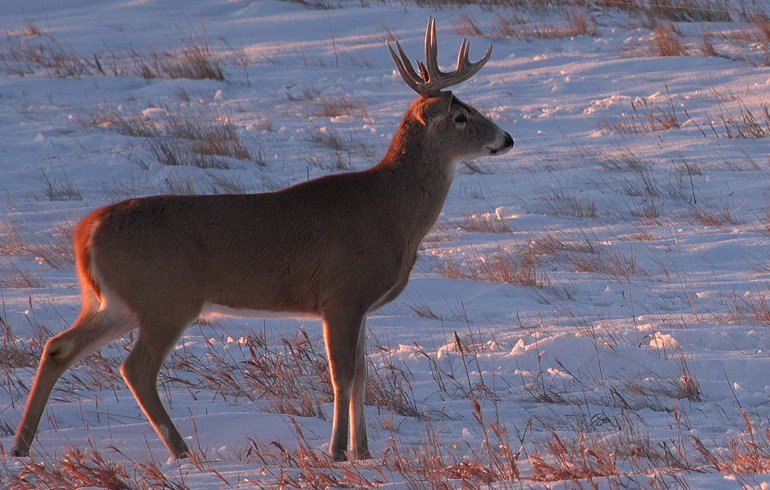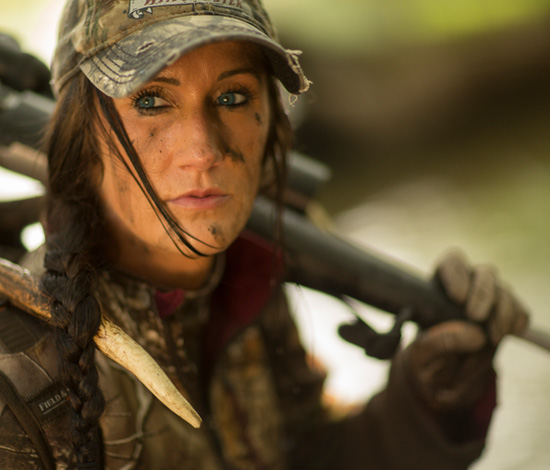Tips for Aging Late Season Bucks
Late season hunting is one of my favorite times of the year to go after big mature whitetails. They are run down from the rut and will often hit food plots during the day in hopes of replenishing their weight before the heart of winter.
This means some of those bruisers you only had nocturnal pictures of during the fall, will finally show themselves during daylight hours. It’s not just for the love of the ladies like it was during the fall, it’s for survival.They need to put weight back on and it can’t be done just at night. With all these factors, the hunting can be great. However, aging the deer can be a little more difficult during this time of the year.
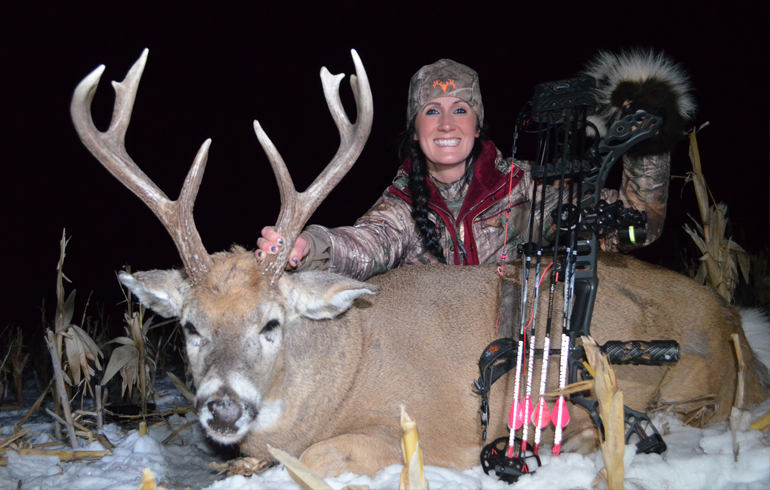
There are some easy and not so easy things someone can watch for when looking over a late season buck. First, I like to watch for mass. This is one of the easiest ways to spot a mature buck on the fly. Look for heavy antlers at the bases that carry the mass all the way out to the tips of the tines.

Regardless of whether you see the buck from 500-yards away or as close as 40-yards, always use binoculars to get a closer look. This allows you to get a better judge of their mass, body structure, and overall age class. Even if it’s a quick situation, take the time to look them over in your binoculars first before deciding on whether it’s a shooter or not. It’s very difficult to judge deer in a scope, so make sure to first judge through binos.
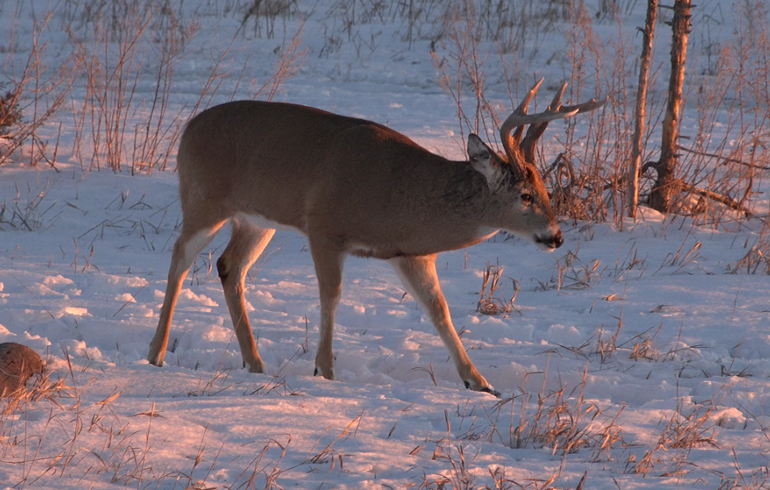
Next, look at the body structure. Watch for a sway back and sagging belly. Many times late season they will lose their sagging belly, but you can still see the sway in their back and the blocky body structure that leads from their chest to neck. An older buck will still have a thick neck later in the season, but if they are run down their body can definitely resemble a younger deer so you need to take into consideration numerous factors. Looking at the length of their legs is another way to help judge age. If their legs appear short for their body this is a good sign that they are a fully developed deer. My favorite thing is to glass each buck that comes through and start looking over each detail. Do this on everything from spikes, to young deer, to old bucks and it won’t take long for you to see the differences.
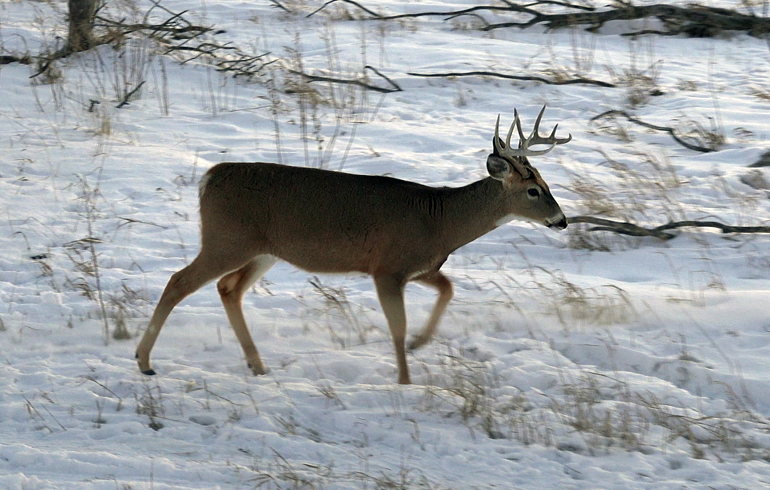
Another detail that can be easily viewed is the amount of tarsal staining they have from the rut. This is something most 2.5 and 3.5-year-old bucks will not have. However, once a buck reaches the 4.5 year age class and older it is easy to see, especially during late season when other characteristics can be difficult to judge.
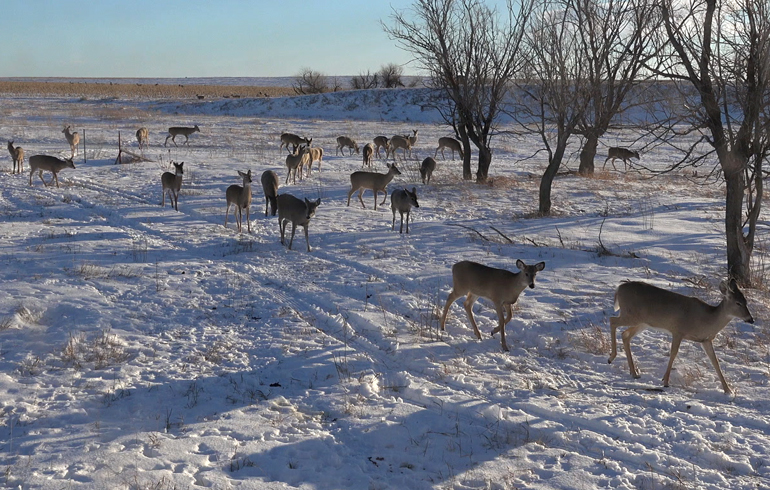
I’ve also seen a lot of late season fights that break out when young fawns are coming into estrus. I like to watch the way bucks interact during this from afar to get a judge on how they react to another deer. Usually you can quickly tell which buck is more dominant and this can also help determine age. Of course not every mature buck won’t win the fight, but it can help when putting all factors together.
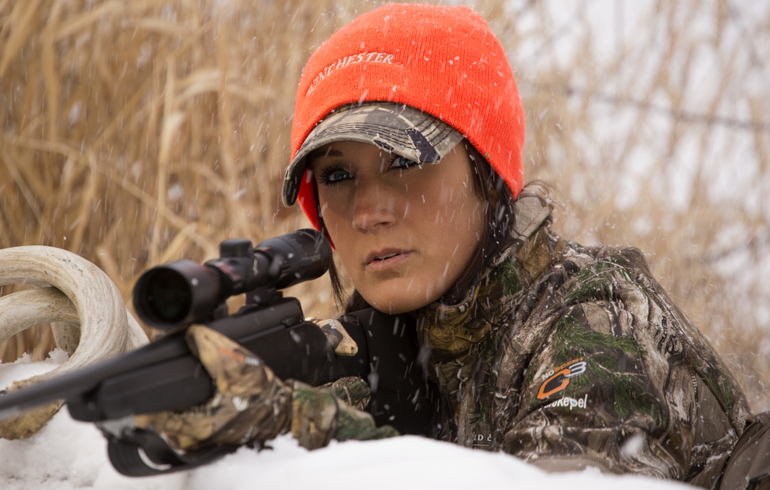
Overall each person needs to make their own decision on what they think is a mature buck for their area and what they want to shoot. If it’s your land, shed hunting is super helpful as well as you may have year’s worth of sheds from a specific buck that can be a great determining factor on age. The biggest thing I want to remind people of is to use this information for their own hunts. Please do not go online and start judging other peoples’ bucks based on your limited or extensive knowledge. As a hunting community we need to stick together and support one another. Some people hunt for age class, some people hunt for antler size, and some people hunt to fill the freezer. Please be respectful regardless of why someone shot a deer and congratulate them, rather than question them. We need to remember that there are kids and new hunters out there that see these type of comments and it scares people. They don’t want to be made fun of or hassled for a deer they shot. Let’s stick together and support one another as fellow hunters and get as many new people involved as possible.
